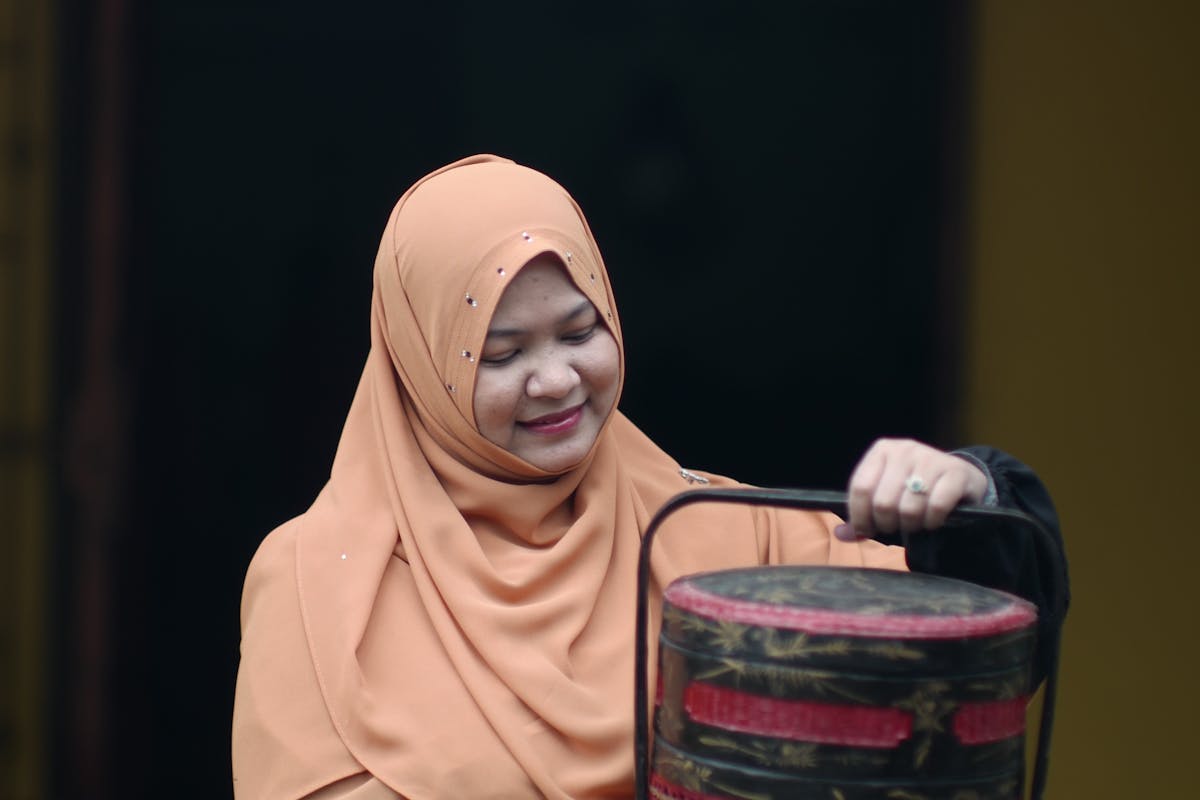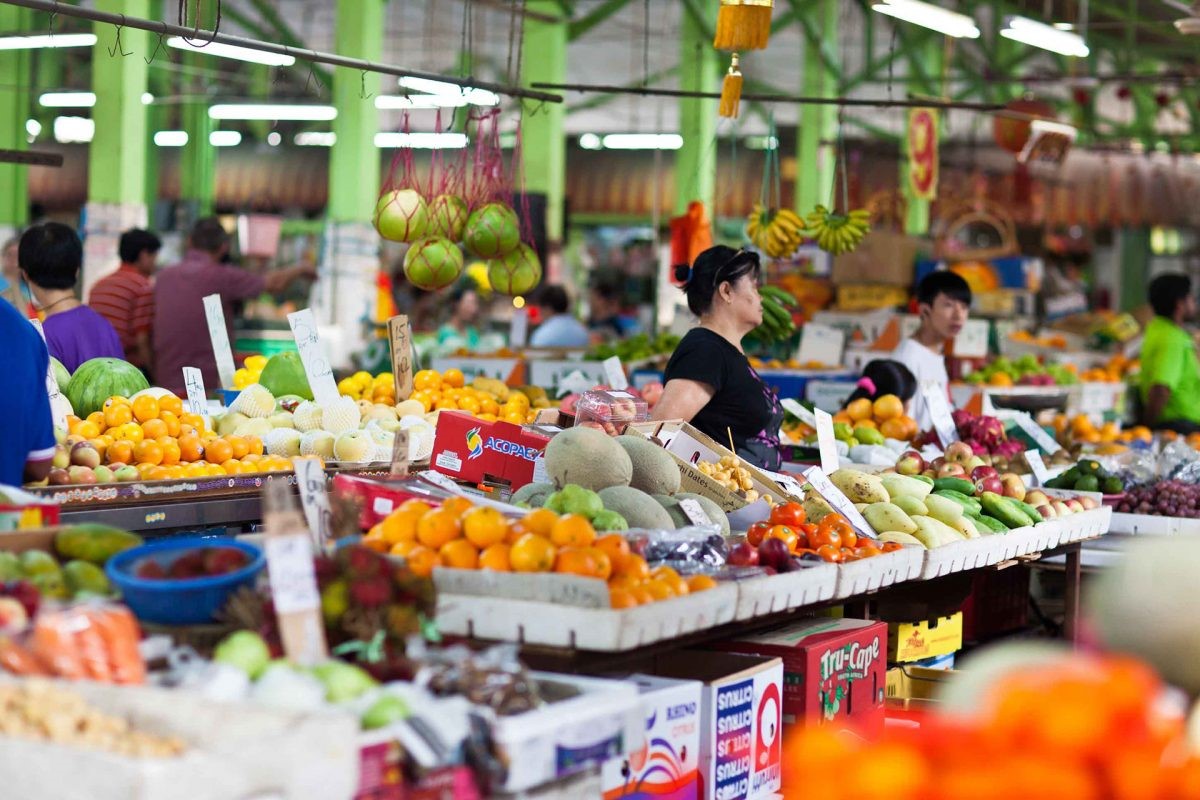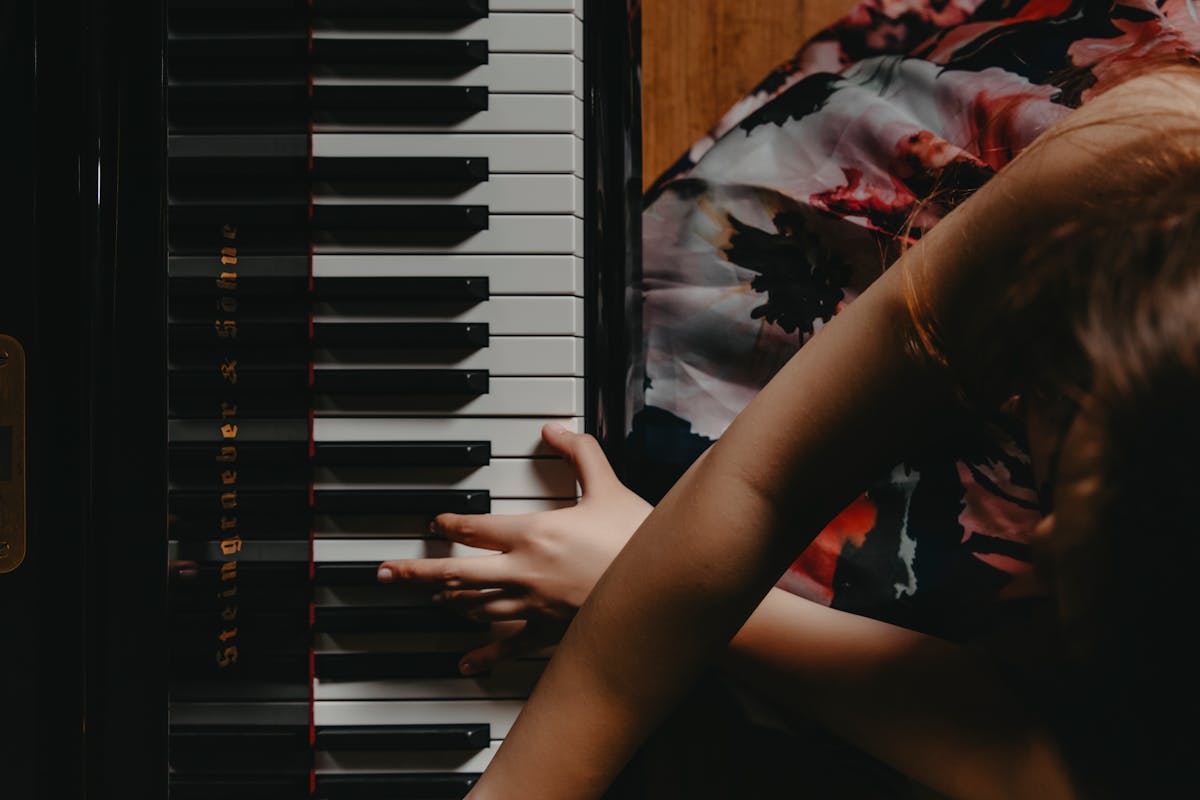Long live the pantun – the Malay poetry
In view of recent news reports of the Malaysian government’s effort to keep the berpantun tradition alive, I feel compelled to write something on the Malay poetry. Malacca is poised to be the hub of the pantun. In Melaka especially, a combination of Baba Nyonya communities and Malay communities would engage in this activity, as it is closer to their hearts. As a result, other communities in Malaysia would also follow suit, given a chance to do so. The pantun is usually taught in schools and universities. Attending a related workshop is a good idea to polish one’s berpantun skills. In 2020, the United Nations (UN) placed the pantun on the Representative List of the Intangible Cultural Heritage of Humanity. While the four-line pantun or pantun empat kerat is the most common form, there’s also the two-line pantun or pantun dua kerat. Due to its rhyming nature, pantuns can be found through music, song and writing. Pantuns provide an outlet of expression for one to convey a particular message in both a playful but also polite manner. Pantuns are also educational as verses typically contain hints on cultural values such as humility, kindness, restraint and respect. Coexistence with nature is also often touched upon in pantuns and this makes pantun a versatile medium for expression of pressing issues. Pantuns can be recited at social functions, rituals, official ceremonies and events. It is also not uncommon for the Baba Nyonya community to craft or recite a pantun during the Lunar New Year – a characteristic that distinguishes them from the other Chinese dialect groups (eg. Hokkien, Cantonese, Fuzhounese, Hakka).









Showing 0 comments